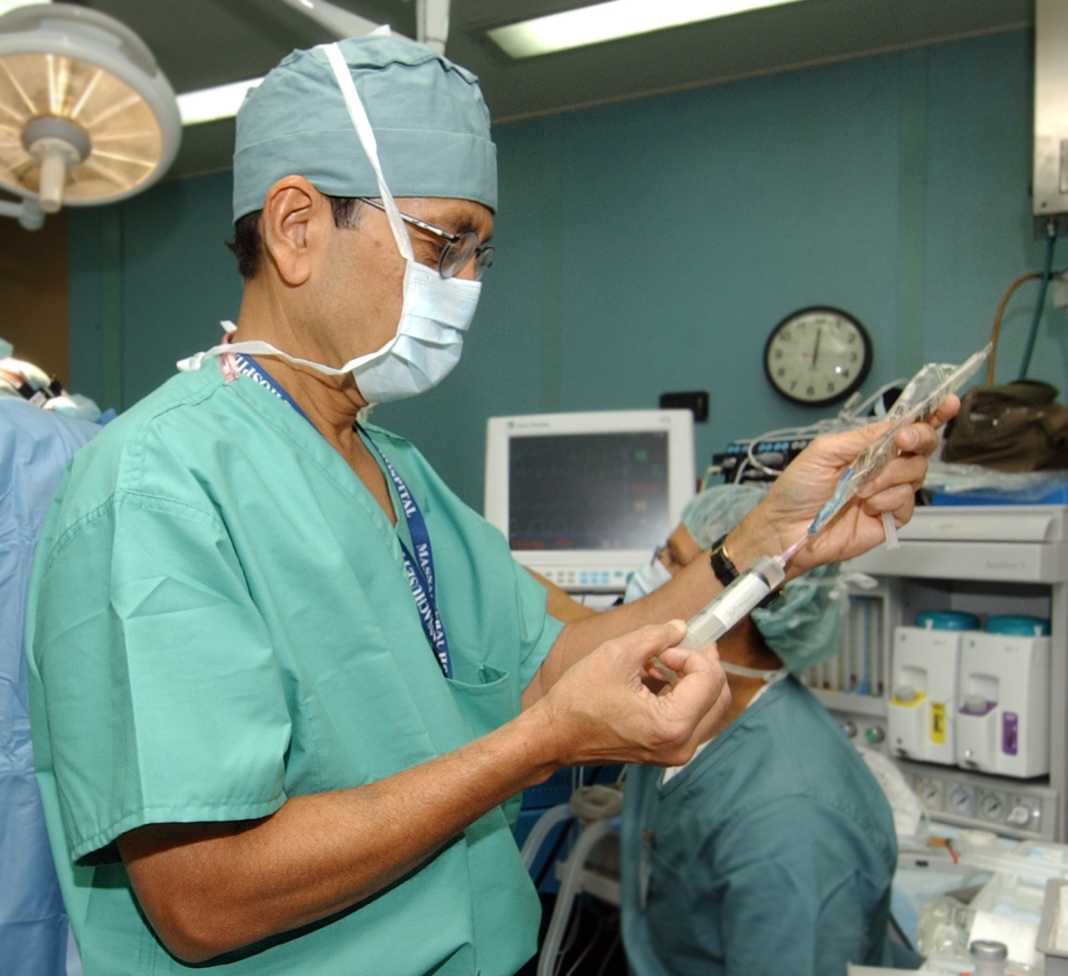|
Richmond Agitation-Sedation Scale
Richmond Agitation-Sedation Scale (RASS) is a medical scale used to measure the agitation or sedation level of a person. It was developed with efforts of different practitioners, represented by physicians, nurses and pharmacists. The RASS can be used in all hospitalized patients to describe their level of alertness or agitation.Ely EW, Truman B, Shintani A, Thomason JW, Wheeler AP, Gordon S, Francis J, Speroff T, Gautam S, Margolin R, Sessler CN, Dittus RS, Bernard GR. Monitoring sedation status over time in ICU patients: reliability and validity of the Richmond Agitation-Sedation Scale (RASS). JAMA. 2003 Jun 11;289(22):2983-91. It is however mostly used in mechanically ventilated patients in order to avoid over and under-sedation. Obtaining a RASS score is the first step in administering the Confusion Assessment Method The Confusion Assessment Method (CAM) is a diagnostic tool developed to allow physicians and nurses to identify delirium in the healthcare setting. It was designe ... [...More Info...] [...Related Items...] OR: [Wikipedia] [Google] [Baidu] |
Psychomotor Agitation
Psychomotor agitation is a symptom in various disorders and health conditions. It is characterized by unintentional and purposeless motions and restlessness, often but not always accompanied by emotional distress and is always an indicative for admission. Typical manifestations include pacing around, wringing of the hands, uncontrolled tongue movement, pulling off clothing and putting it back on, and other similar actions. In more severe cases, the motions may become harmful to the individual, and may involve things such as ripping, tearing, or chewing at the skin around one's fingernails, lips, or other body parts to the point of bleeding. Psychomotor agitation is typically found in various mental disorders, especially in psychotic and mood disorders. It can be a result of drug intoxication or withdrawal. It can also be caused by severe hyponatremia. People with existing psychiatric disorders and men under the age of 40 are at a higher risk of developing psychomotor agitation. ... [...More Info...] [...Related Items...] OR: [Wikipedia] [Google] [Baidu] |
Sedation
Sedation is the reduction of irritability or agitation by administration of sedative drugs, generally to facilitate a medical procedure or diagnostic procedure. Examples of drugs which can be used for sedation include isoflurane, diethyl ether, propofol, etomidate, ketamine, pentobarbital, lorazepam and midazolam. Medical uses Sedation is typically used in minor surgical procedures such as endoscopy, vasectomy, or dentistry and for reconstructive surgery, some cosmetic surgeries, removal of wisdom teeth, or for high-anxiety patients. Sedation methods in dentistry include inhalation sedation (using nitrous oxide), oral sedation, and intravenous (IV) sedation. Inhalation sedation is also sometimes referred to as "relative analgesia". Sedation is also used extensively in the intensive care unit so that patients who are being mechanical ventilation, ventilated tolerate having an endotracheal tube in their vertebrate trachea, trachea. It can also be used during a long term brain EEG ... [...More Info...] [...Related Items...] OR: [Wikipedia] [Google] [Baidu] |
Scale (social Sciences)
In the social sciences, scaling is the process of measuring or ordering entities with respect to quantitative attributes or traits. For example, a scaling technique might involve estimating individuals' levels of extraversion, or the perceived quality of products. Certain methods of scaling permit estimation of magnitudes on a continuum, while other methods provide only for relative ordering of the entities. The level of measurement is the type of data that is measured. The word scale, including in academic literature, is sometimes used to refer to another composite measure, that of an index. Those concepts are however different. Scale construction decisions *What level ( level of measurement) of data is involved ( nominal, ordinal, interval, or ratio)? *What will the results be used for? *What should be used - a scale, index, or typology? *What types of statistical analysis would be useful? *Choose to use a comparative scale or a non-comparative scale. *How many scal ... [...More Info...] [...Related Items...] OR: [Wikipedia] [Google] [Baidu] |
Confusion Assessment Method
The Confusion Assessment Method (CAM) is a diagnostic tool developed to allow physicians and nurses to identify delirium in the healthcare setting. It was designed to be brief (less than 5 minutes to perform) and based on criteria from the third edition-revision of the Diagnostic and Statistical Manual of Mental Disorders (DSM-III-R). The CAM rates four diagnostic features, including acute onset and fluctuating course, inattention, disorganized thinking, and altered level of consciousness. The CAM requires that a brief cognitive test is performed before it is completed. It has been translated into more than 20 languages and adapted for use across multiple settings. Elements of Score The CAM consists of a short and long form. The CAM short form assesses four features: 1. acute onset or fluctuating course, 2. inattention, 3. disorganized thinking, and 4. altered level of consciousness. The CAM-long form includes the short-form features and adds disorientation, memory impairment, per ... [...More Info...] [...Related Items...] OR: [Wikipedia] [Google] [Baidu] |
Medical Scales
Medicine is the science and practice of caring for patients, managing the diagnosis, prognosis, prevention, treatment, palliation of their injury or disease, and promoting their health. Medicine encompasses a variety of health care practices evolved to maintain and restore health by the prevention and treatment of illness. Contemporary medicine applies biomedical sciences, biomedical research, genetics, and medical technology to diagnose, treat, and prevent injury and disease, typically through pharmaceuticals or surgery, but also through therapies as diverse as psychotherapy, external splints and traction, medical devices, biologics, and ionizing radiation, amongst others. Medicine has been practiced since prehistoric times, and for most of this time it was an art (an area of creativity and skill), frequently having connections to the religious and philosophical beliefs of local culture. For example, a medicine man would apply herbs and say prayers for healin ... [...More Info...] [...Related Items...] OR: [Wikipedia] [Google] [Baidu] |
